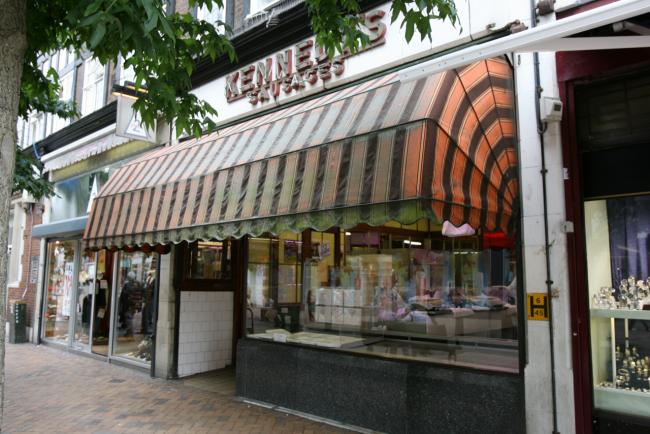
David Alston from Shortlands has lived in Bromley all his life. Here he provides some fond reminiscences on his and the area's past in Snapshots of Old Bromley.
ONE glorious September day, in 1941, as a boy of 12, I stood on the former island bus stop opposite The Royal Bell Hotel in Bromley’s Market Square, feeling conspicuous in my new blazer, cap and socks, complete with brand-new satchel on my back, and boarded the Penge-bound 227 bus.
Excitement blended with nervousness as I saw other pupils school-bound, and memories of that crisp first-day morning gathering outside the doors of the magnificent building fronting Beckenham Road have never left me.
Apparently woodwork was on the agenda for that (and every) Thursday, so off we were immediately shuffled to Clock House station along the road on the first of what were to be many train trips to Eden Park, where in the midst of a field - no Langley Park School there in those wartime days - stood a cricket pavilion, lately transformed into a handsome woodwork centre, presided over by Mr Yabsley, a craftsman of unparalleled skill. (I have a bedside table still which 77 years later bears witness to his ability as a teacher.)

Queuing for fruit cakes and sausages
SATURDAY morning was queuing time in Bromley during the war. Two delicacies spring to mind: Stanley Wood’s delicious fruit cakes – rare but worth the wait beside the Odeon cinema, and Kennedy’s incomparable sausages – pork and beef – and still remembered in the Market Square. Queues were no problem for a boy in wartime and the delicacies well worth waiting for.
A boy queuing for sausages in the Square in 1850 would certainly have encountered a very different vista, worthy of a western epic. The Market House of very different design and character – more similar to a cricket pavilion – was demolished in 1863 and the foundation stone laid to its successor in November of that year.
Three principal events were established at this time: the weekly market, local fairs and parliamentary elections.


Comments: Our rules
We want our comments to be a lively and valuable part of our community - a place where readers can debate and engage with the most important local issues. The ability to comment on our stories is a privilege, not a right, however, and that privilege may be withdrawn if it is abused or misused.
Please report any comments that break our rules.
Read the rules hereLast Updated:
Report this comment Cancel